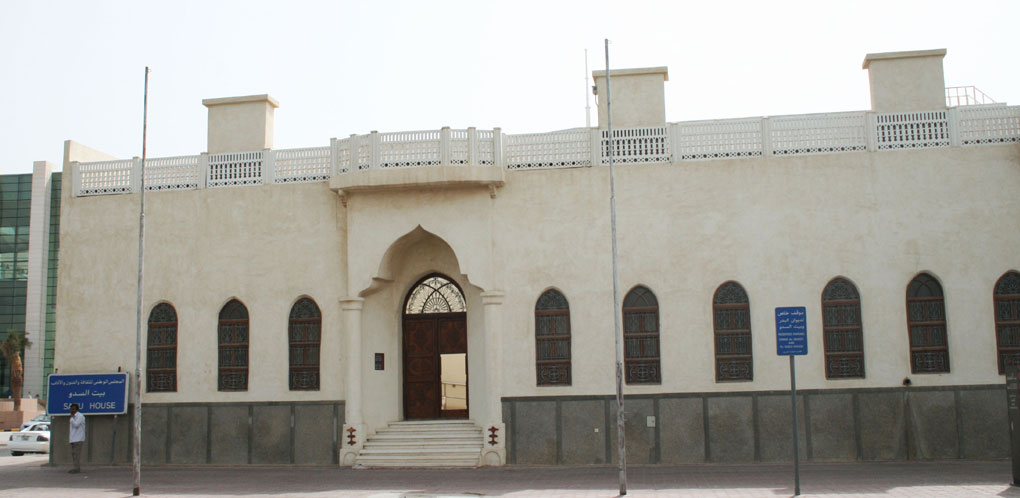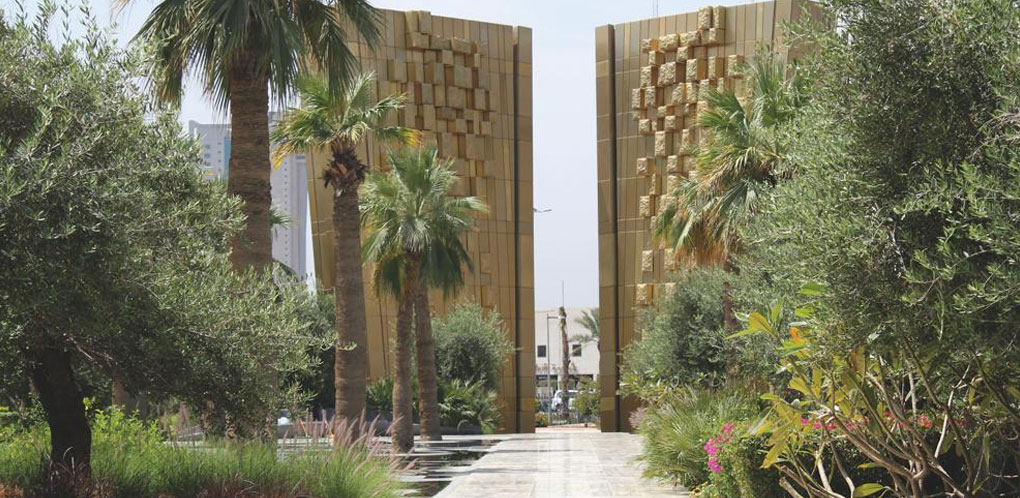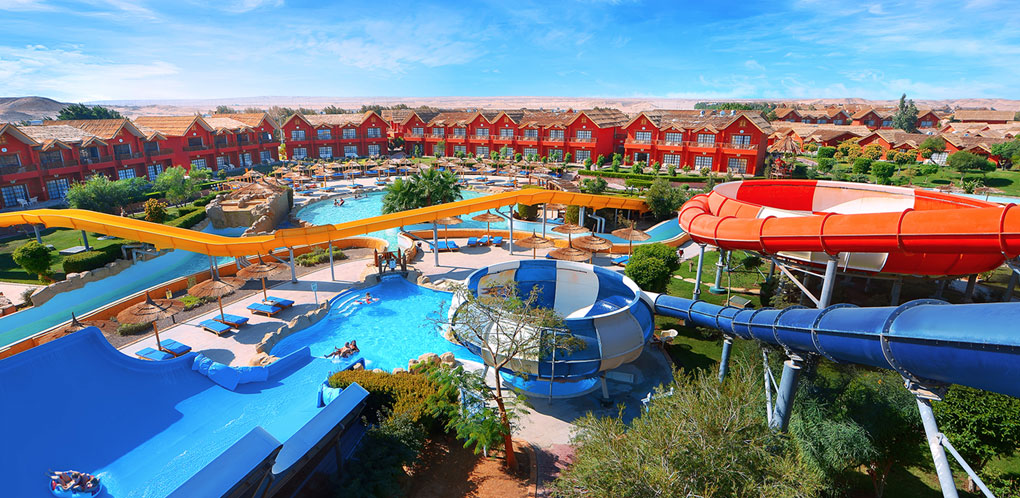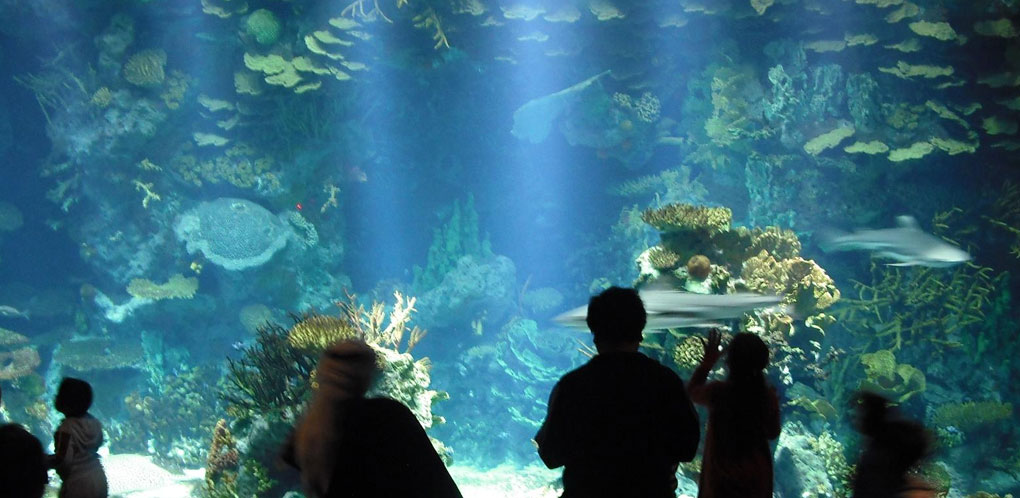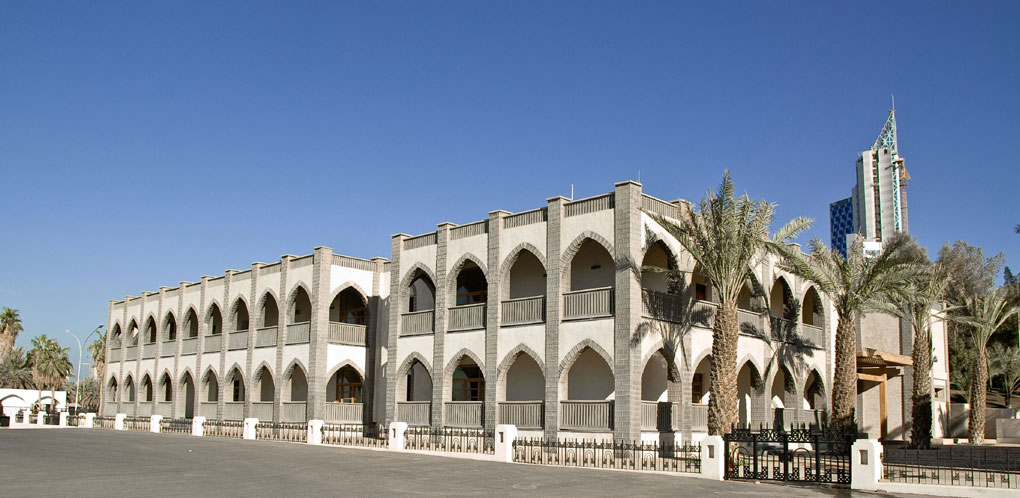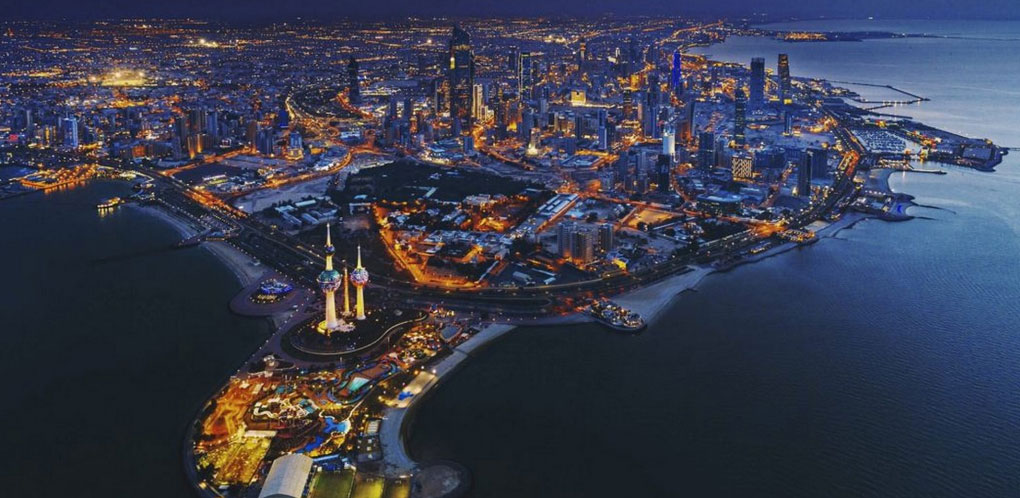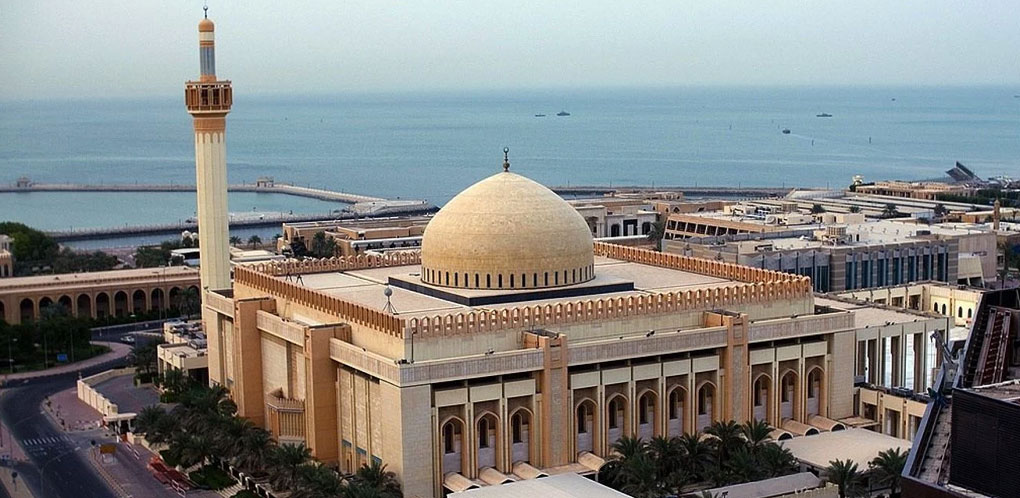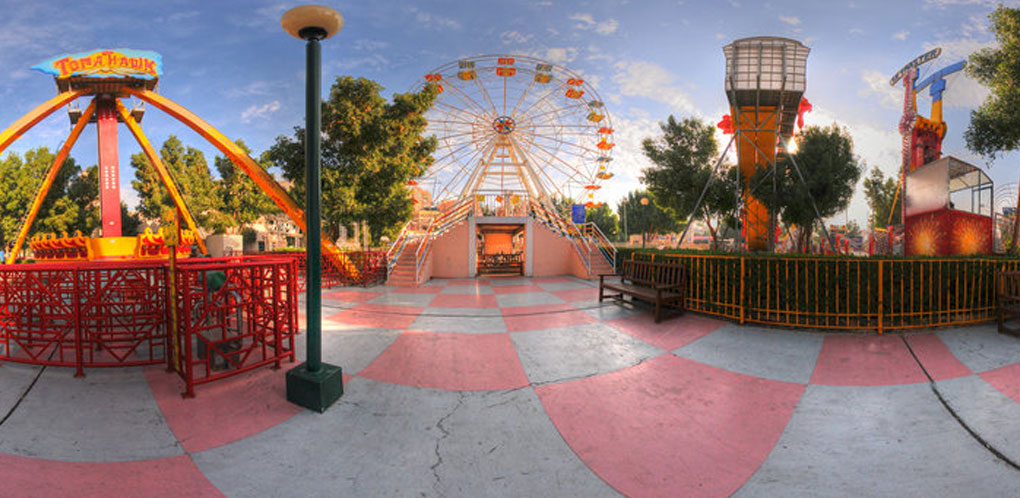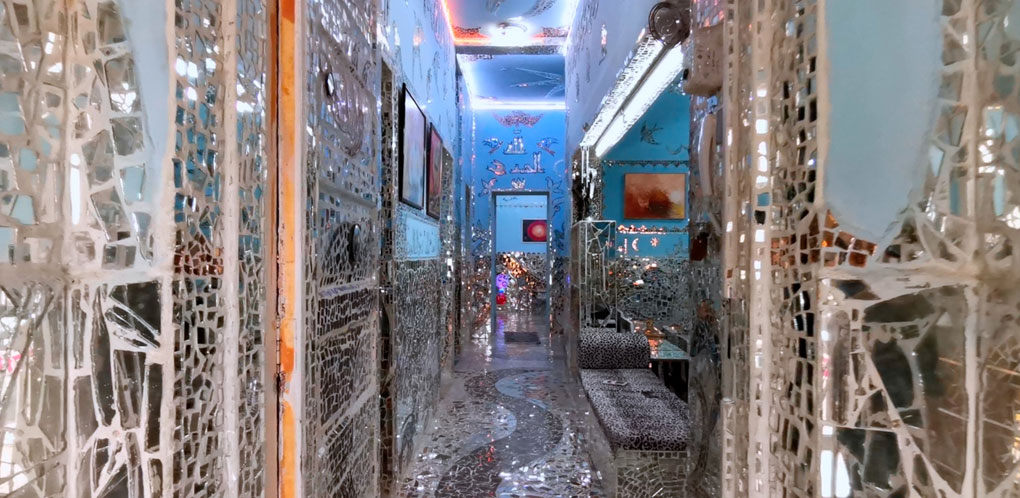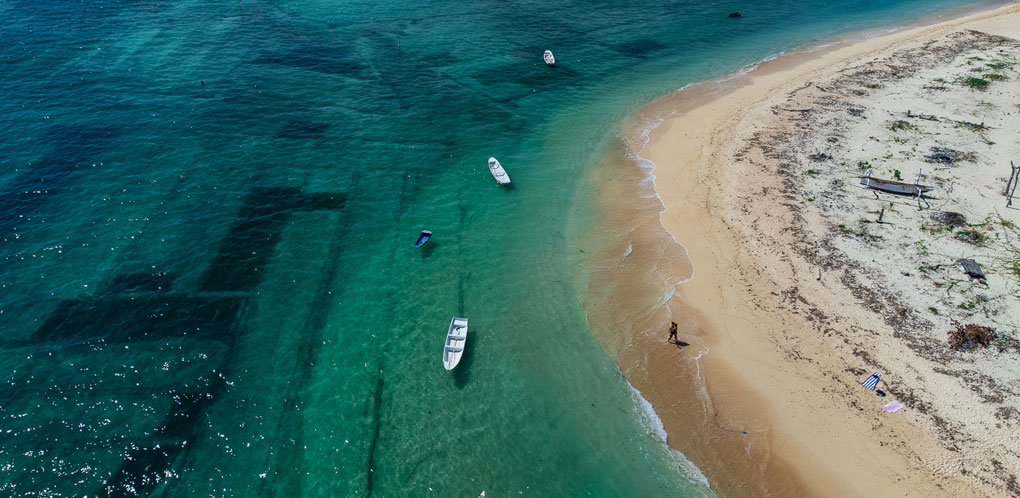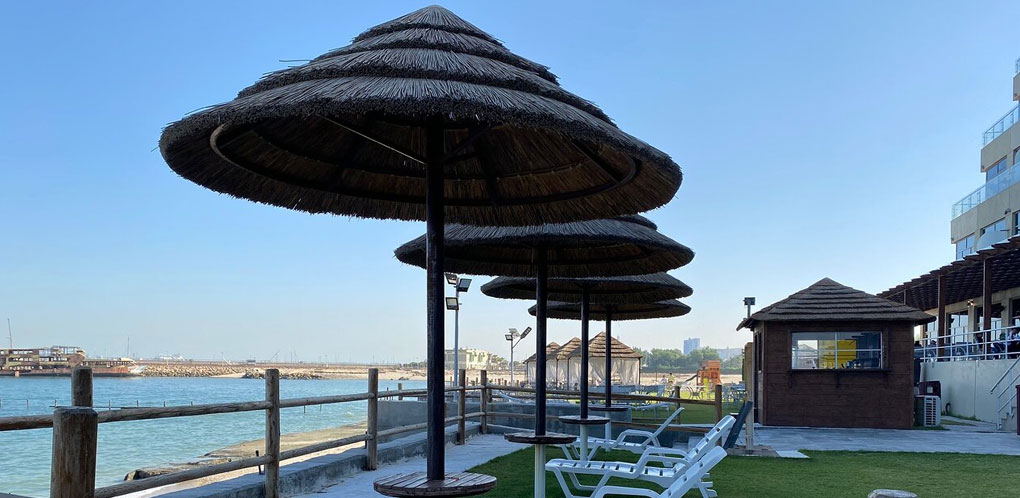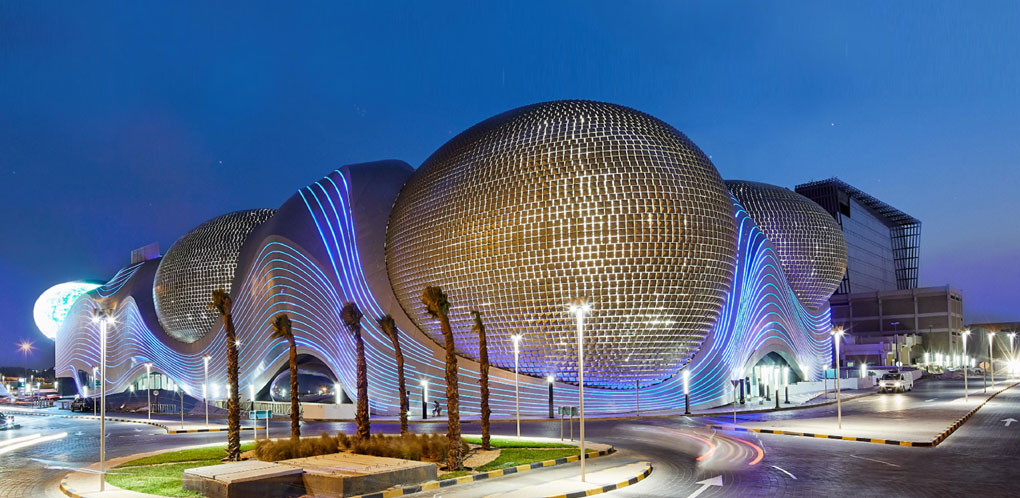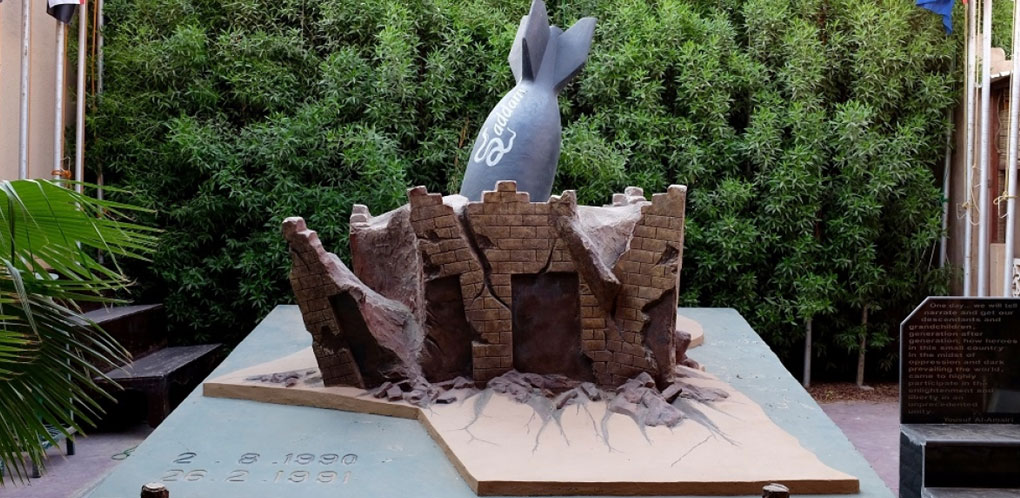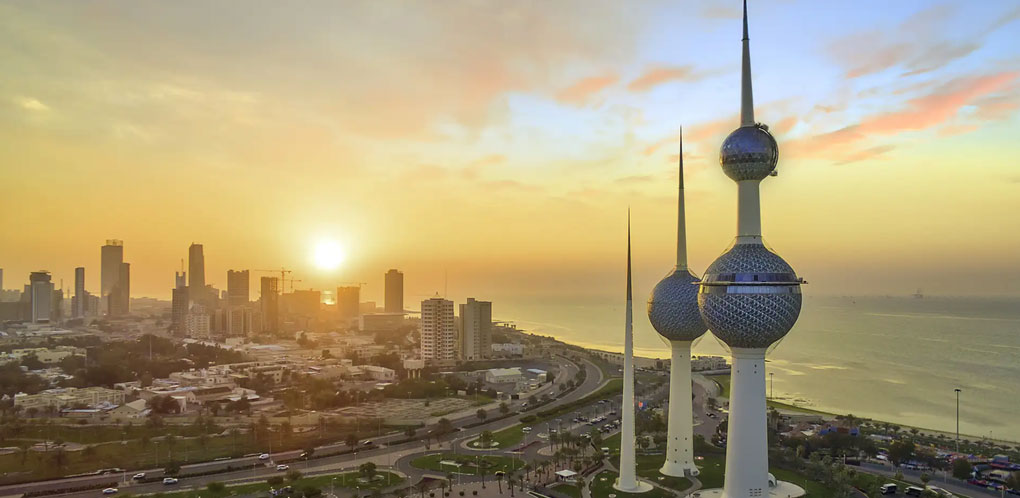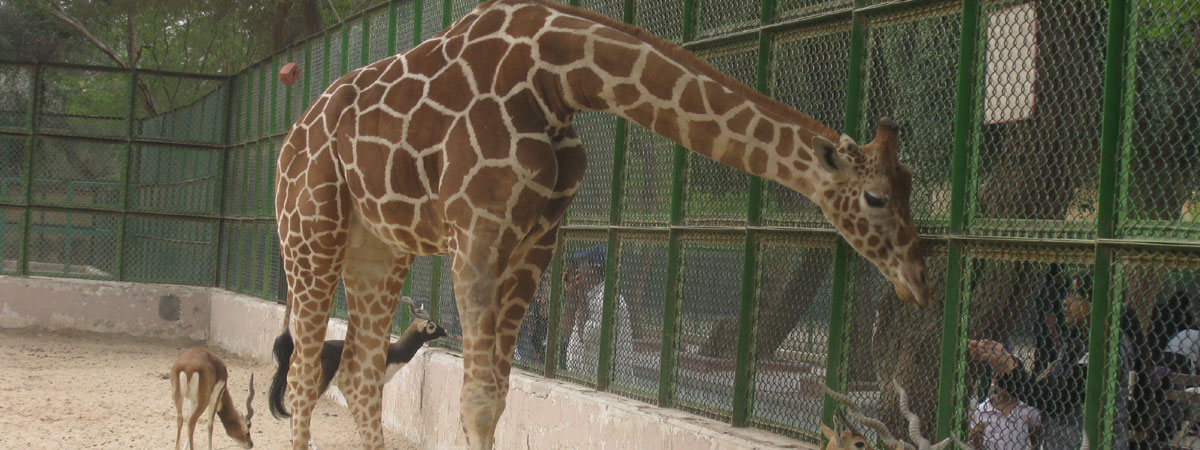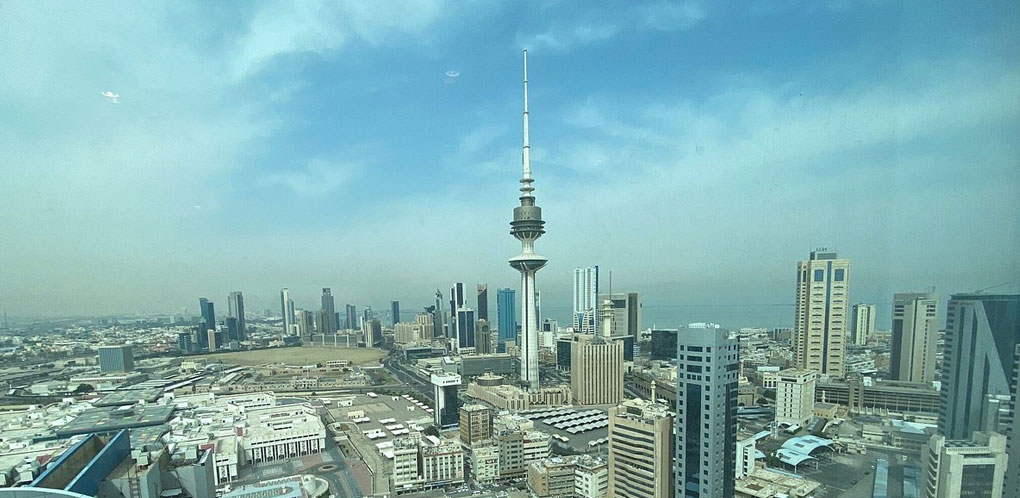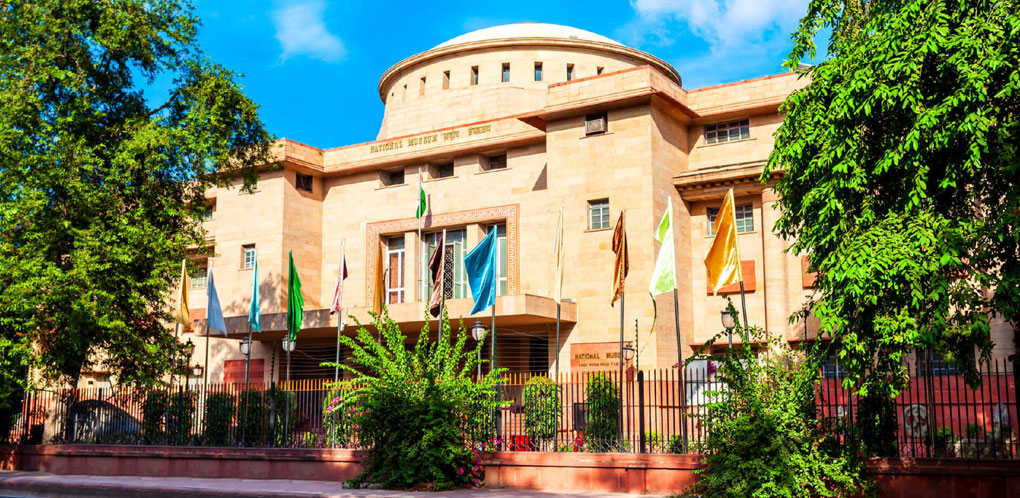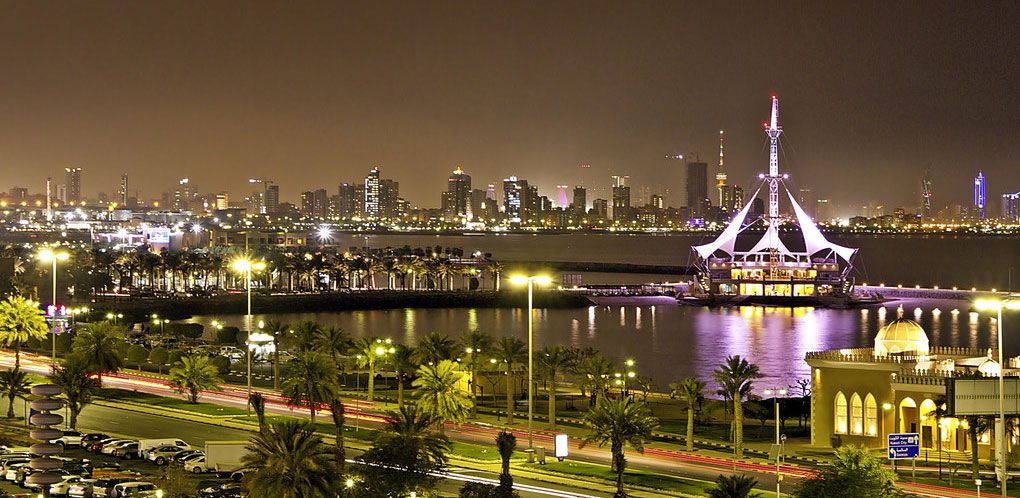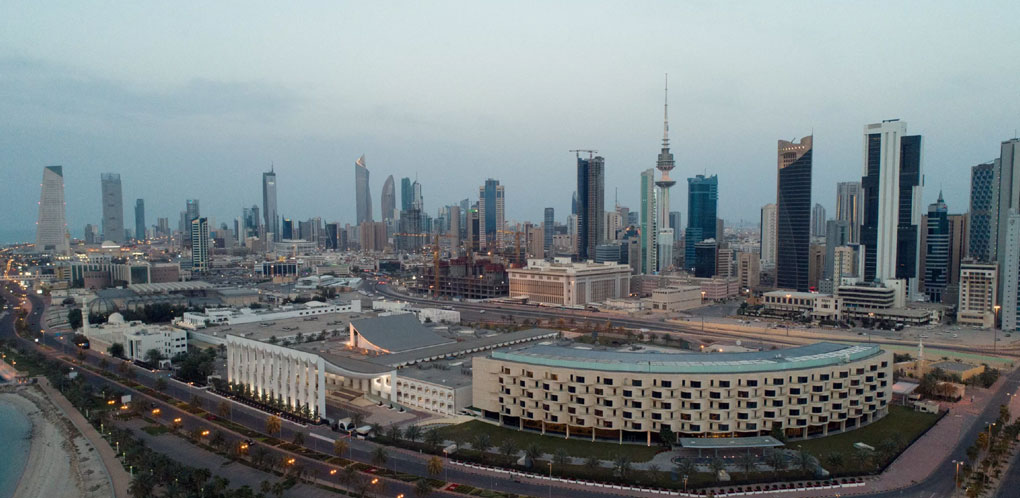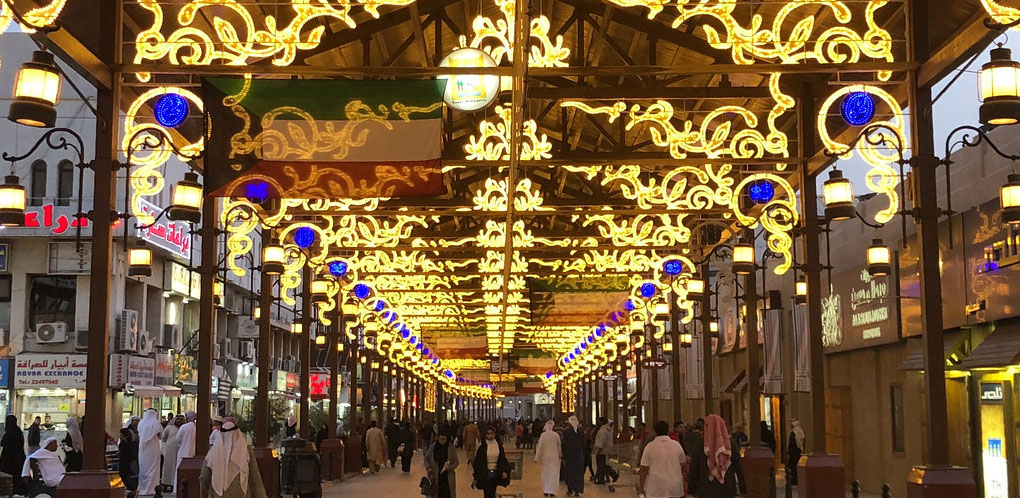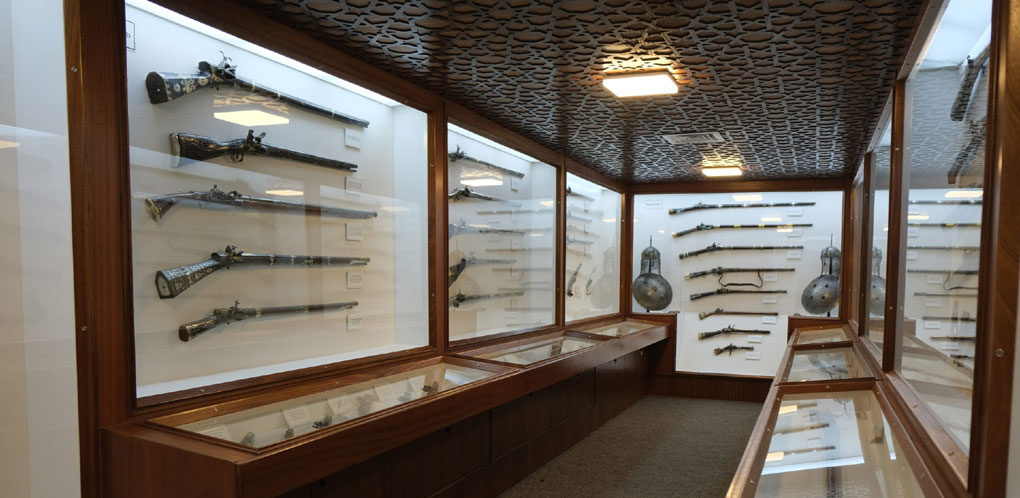
Seif Palace
Seif Palace is a palace in Kuwait City, Kuwait. Located opposite the Grand Mosque, one of Seif Palace’s best-known features is the watch tower, covered in blue tiles and with a roof plated in pure gold.[1] Local materials such as clay, rocks, limestone, wood and metals were used in its construction.
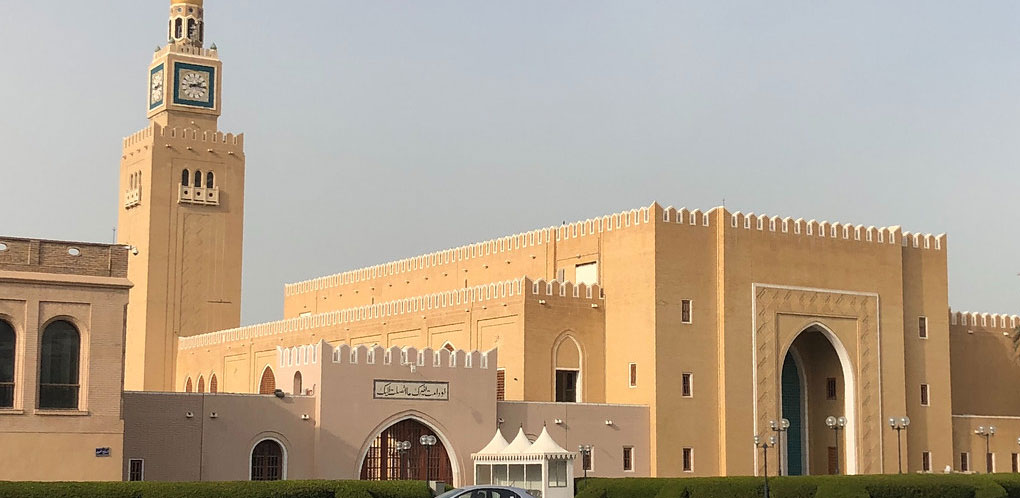
History of Seif Palace
Al-Seif Palace stands as the esteemed ruling residence of Kuwait, with a legacy dating back to its construction in 1904 during the era of Sheikh Mubarak Al-Kabeer. Serving as the official headquarters of His Highness the Amir of Kuwait, His Highness the Crown Prince, and His Highness the Prime Minister, the palace derives its name, “Al-Seif,” from its proximity to the Arabian Gulf, with “al-seif” translating to the sea coast in Arabic.
Originally erected from modest raw materials like mud and stones, the palace’s architectural design adhered to traditional Islamic characteristics, incorporating Islamic patterns alongside touches of Kuwaiti tradition. In a notable development between 1906-1907, Sheikh Mubarak Al-Kabeer enlisted the expertise of Osta Mohammad Al-Kathmawi, an architect from Baghdad, to enhance the palace’s stature. Materials, including distinctive smoked yellow bricks, were procured and transported to Kuwait via sea.
Upon completion, Al-Seif Palace captivated the Kuwaiti populace, drawing crowds to marvel at its architectural grandeur. In 1917, Sheikh Salem Al-Mubarak Al-Sabah expanded the palace, linking its floors and adding an inscription echoing timeless wisdom.
In 1936, the palace’s facade saw the replacement of its lighthouse with a superior green beacon, aiding sailors navigating the coastline. The palace complex comprises three floors housing the Amiri Diwan, Crown Prince Diwan, and Prime Minister Diwan, totaling 125 offices adorned with opulent décor.
Despite enduring various stages of construction and renovation, including a substantial reconstruction effort following a fire in 1983 and damage inflicted during the Iraqi invasion, Al-Seif Palace remains a symbol of Kuwait’s resilience. Amidst adversities, it continues to serve as a bastion of Kuwaiti sovereignty and heritage, preserving its rich legacy while embracing modernity.


